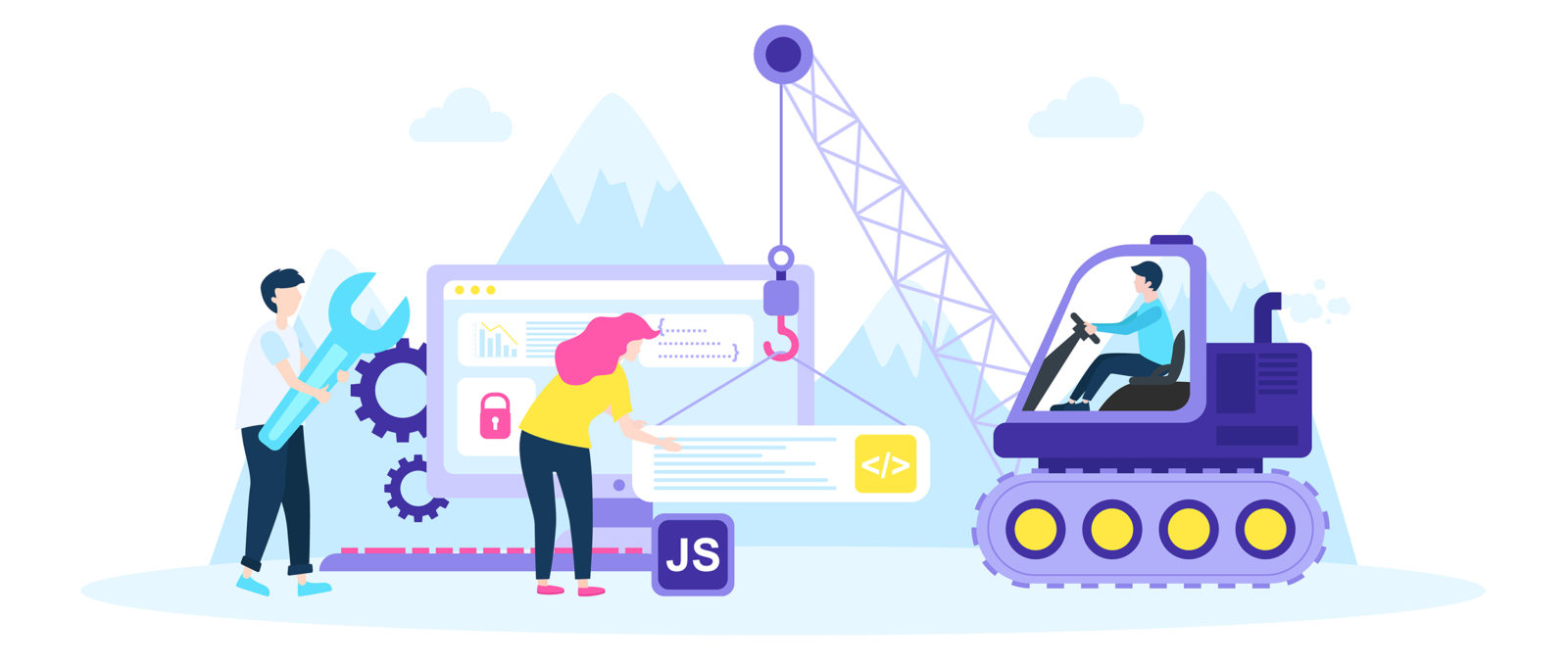Interested In Finding Out How Site Design Has Evolved? Take A Trip Through The Change
Interested In Finding Out How Site Design Has Evolved? Take A Trip Through The Change
Blog Article
Material Develop By-Pappas Bojesen
In the past, sites were straightforward and concentrated on info. Navigation was straight, and style was for desktop computers. Currently, individual experience is crucial. Data guides designs for easy navigation. Receptive layouts match various tools. Today, dark setting lowers strain, and minimal food selections enhance navigating. Interactive attributes engage users, and strong visuals stick out. AI assimilation boosts involvement. See how style has evolved to enhance your online trip.
Very Early Days of Web Design
In the very early days of website design, simpleness preponderated. Websites were basic, with minimal colors, fonts, and layouts. The emphasis was on giving info instead of flashy visuals. Customers accessed the internet with sluggish dial-up connections, so speed and functionality were essential.
Navigating food selections were straightforward, usually located at the top or side of the page. Websites were made for home computer, as mobile browsing had not been yet common. Content was king, and designers focused on simple readability over intricate layout elements.
HTML was the key coding language utilized, and designers had to work within its restrictions. Computer animations and interactive attributes were marginal compared to today's criteria. Sites were static, with little dynamic content or individualized user experiences.
Rise of User-Focused Design
With the development of site style, a change towards user-focused design principles has become significantly famous. Today, producing sites that prioritize user experience is critical for engaging site visitors and accomplishing business objectives. User-focused layout entails comprehending the requirements, preferences, and actions of your target audience to tailor the website's design, web content, and includes as necessary.
Developers now perform detailed research study, such as individual studies and use screening, to collect insights and comments directly from customers. This data-driven strategy aids in developing user-friendly navigation, clear calls-to-action, and visually enticing interfaces that resonate with visitors. By placing the user at the facility of the layout process, web sites can supply a much more individualized and pleasurable experience.
Responsive design has actually additionally emerged as a crucial aspect of user-focused style, making sure that internet sites are optimized for numerous devices and screen sizes. This flexibility boosts accessibility and usability, catering to the diverse methods customers communicate with sites today. In essence, the rise of user-focused style symbolizes a change towards developing digital experiences that prioritize the needs and assumptions of completion individual.
Modern Trends in Web Design
Explore the most up to date trends shaping web design today. One popular fad is dark mode design, supplying a sleek and modern-day look while decreasing eye stress in low-light environments. Another crucial pattern is minimal navigating, simplifying menus and improving user experience by focusing on essential elements. Integrating micro-interactions, such as animated switches or scrolling results, can produce a much more engaging and interactive internet site. Receptive layout continues to be important, making certain smooth customer experiences across different tools. In addition, using vibrant typography and asymmetrical designs can include visual passion and draw attention to particular content.
Integrating AI technology, like chatbots for customer assistance or customized referrals, improves user engagement and enhances procedures. Accessibility has likewise come to be a considerable pattern, with designers prioritizing comprehensive layout techniques to cater to varied individual demands. Accepting sustainability by enhancing web site efficiency for speed and performance is another arising fad in website design. Working together with user feedback and data analytics to iterate and boost style constantly is necessary for remaining appropriate in the ever-evolving electronic landscape. By welcoming these modern trends, you can create a visually enticing, easy to use site that reverberates with your target market.
https://www.practicalecommerce.com/seo-tips-when-urls-differ-for-mobile-and-desktop
As you reflect on the evolution of internet site layout from the early days to now, you can see exactly how user-focused layout has become the driving pressure behind contemporary trends.
Embrace the trip of modification and adaptation in website design, always keeping the individual experience at the leading edge.
Stay current with the most up to date trends and technologies, and never stop progressing your strategy to develop aesthetically spectacular and straightforward web sites.
Advance, adjust, and develop - the future of website design is in your hands.
